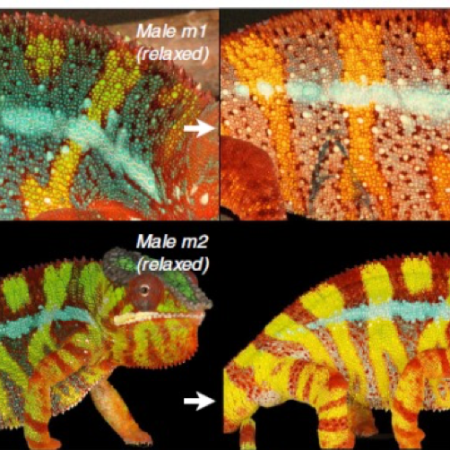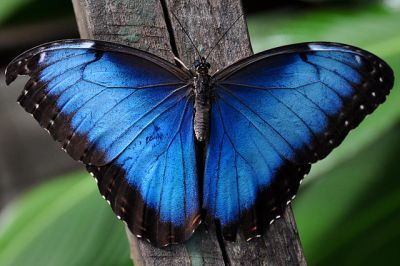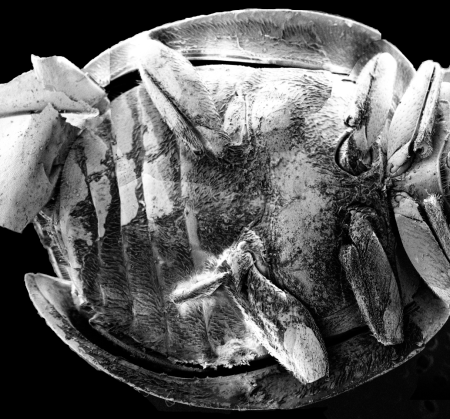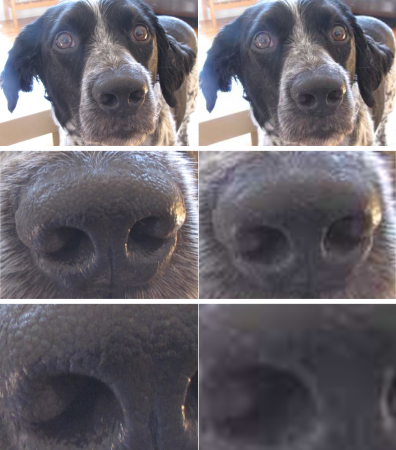
Tag: animals


Adrift in a Sea of Chemicals, Toxicology Throws Us a Line

Mimicking Nature’s Nanotechnology: From a butterfly wing to anti-counterfeit technologies

Animated Ladybug Super Zoom-In

What’s the Difference between Magnification and Resolution? Dog of Science Demonstrates.
